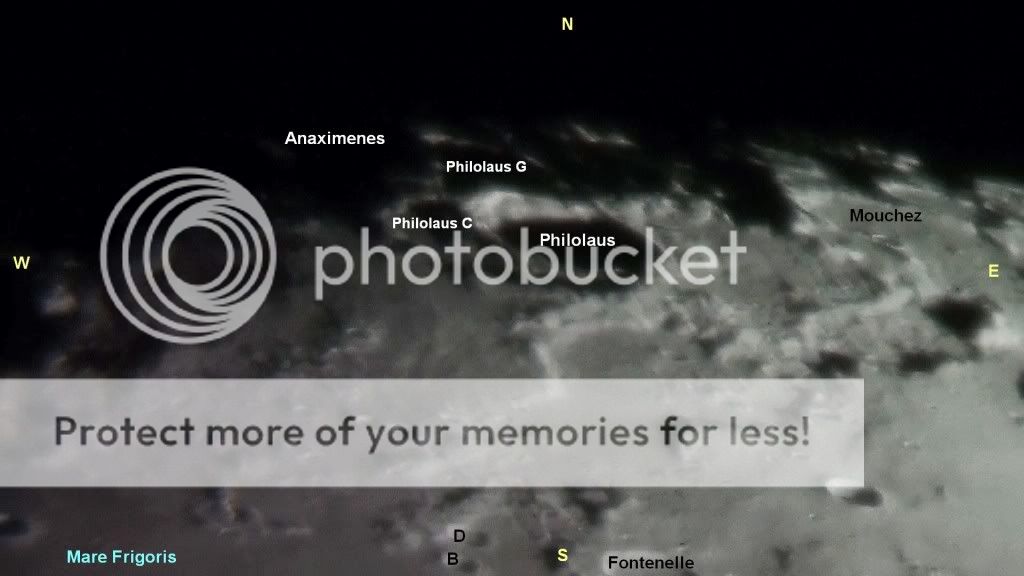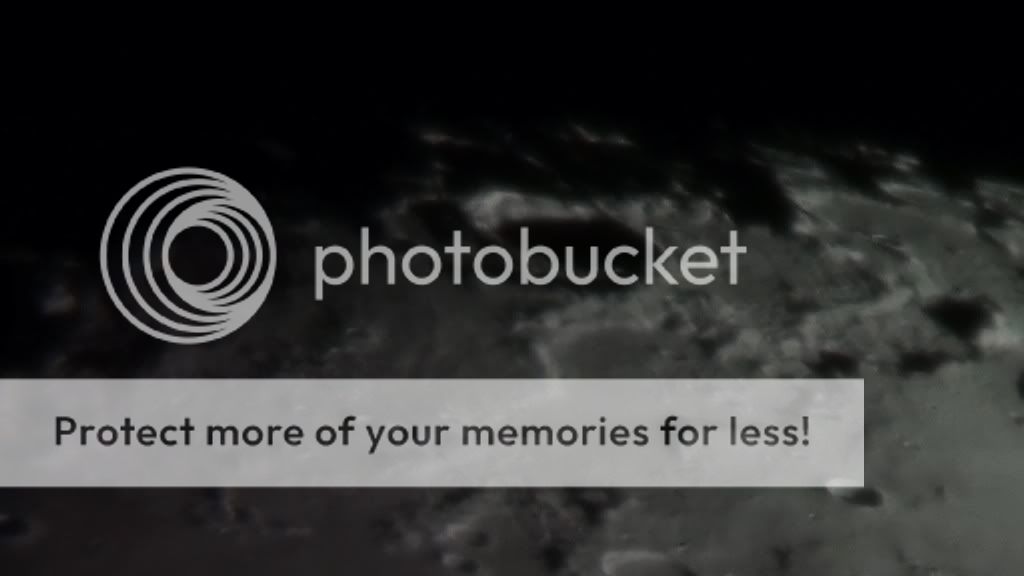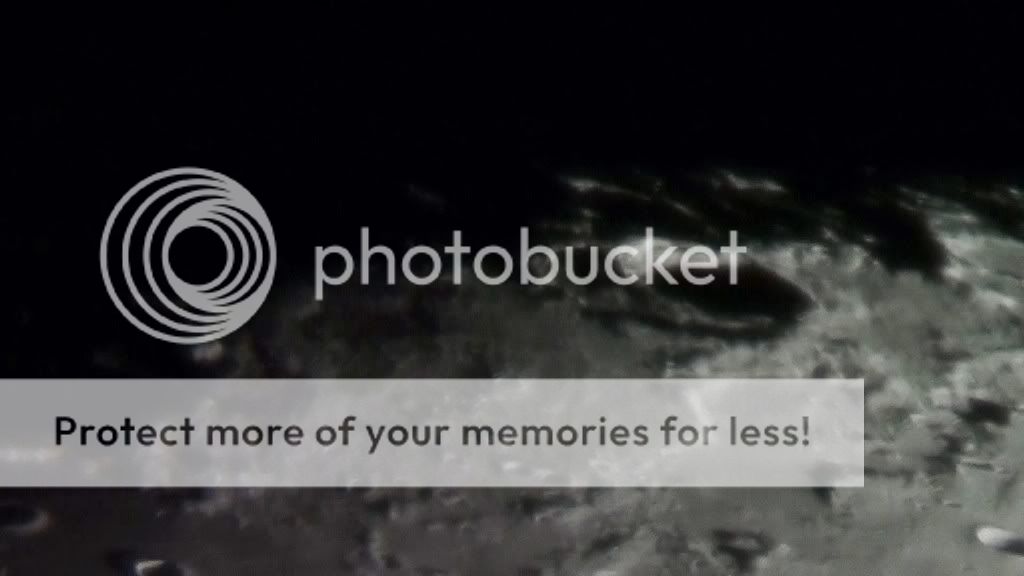In these video images, you can see on the Moon crater like Babbage (144 km.), J. Herschel (156 km), Philolaus (71 km) and Oenopides (67 km). All these lunar craters are located on the northern Moon.
To view video captures of this clip, press here.
Babbage has a depth of 2 km. It is an old lunar crater located near the northwest edge of the Moon, named after Charles Babbage. It is attached on southeast edge of the prominent crater Pythagoras (130 km). The remnant crater floor called South enters the southeast of Babbage.
Charles Babbage (December 26, 1791 - October 18, 1871) was an English poet, mathematician, philosopher, inventor and mechanical engineer. Babbage is best remembered for originating the concept of programmable computer.
Moon Age: 1.00 days
Illuminated: 99.8% (0% = New, 100% = Full)
Magnitude: -12.20
Distance: 398.772 km
Optics (telescope or lenses): Celestron C8-Newtonian telescope, eyepiece 20mm Plossl, 2x barlow
Mount: CG5 (EQ5)
Camera: Sony CX130
Video mode: 1080p
Filter: no
Date: 14/03/2014
Location: Baia Mare, Romania
Processing: Sony Vegas HD Platinum 10.0
Images were obtained by attaching a camera directly into the eyepiece of an astronomical telescope of 8 inch Newtonian; For this reason the eyepiece visual field was increased.
This video was also used also for simple video captures.
In the picture below are labeled craters and other lunar features in the region. To better understand this photo, you should note that the label with the name or the letter of larger craters could be found at their center, and on the small craters, you should find them around them, usually above.
To view video captures of this clip, press here.
Babbage has a depth of 2 km. It is an old lunar crater located near the northwest edge of the Moon, named after Charles Babbage. It is attached on southeast edge of the prominent crater Pythagoras (130 km). The remnant crater floor called South enters the southeast of Babbage.
Charles Babbage (December 26, 1791 - October 18, 1871) was an English poet, mathematician, philosopher, inventor and mechanical engineer. Babbage is best remembered for originating the concept of programmable computer.
Moon Age: 1.00 days
Illuminated: 99.8% (0% = New, 100% = Full)
Magnitude: -12.20
Distance: 398.772 km
Optics (telescope or lenses): Celestron C8-Newtonian telescope, eyepiece 20mm Plossl, 2x barlow
Mount: CG5 (EQ5)
Camera: Sony CX130
Video mode: 1080p
Filter: no
Date: 14/03/2014
Location: Baia Mare, Romania
Processing: Sony Vegas HD Platinum 10.0
Images were obtained by attaching a camera directly into the eyepiece of an astronomical telescope of 8 inch Newtonian; For this reason the eyepiece visual field was increased.
This video was also used also for simple video captures.
In the picture below are labeled craters and other lunar features in the region. To better understand this photo, you should note that the label with the name or the letter of larger craters could be found at their center, and on the small craters, you should find them around them, usually above.










 Thursday, July 09, 2015
Thursday, July 09, 2015
 Unknown
Unknown














